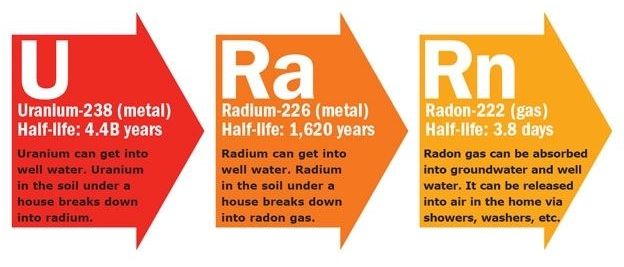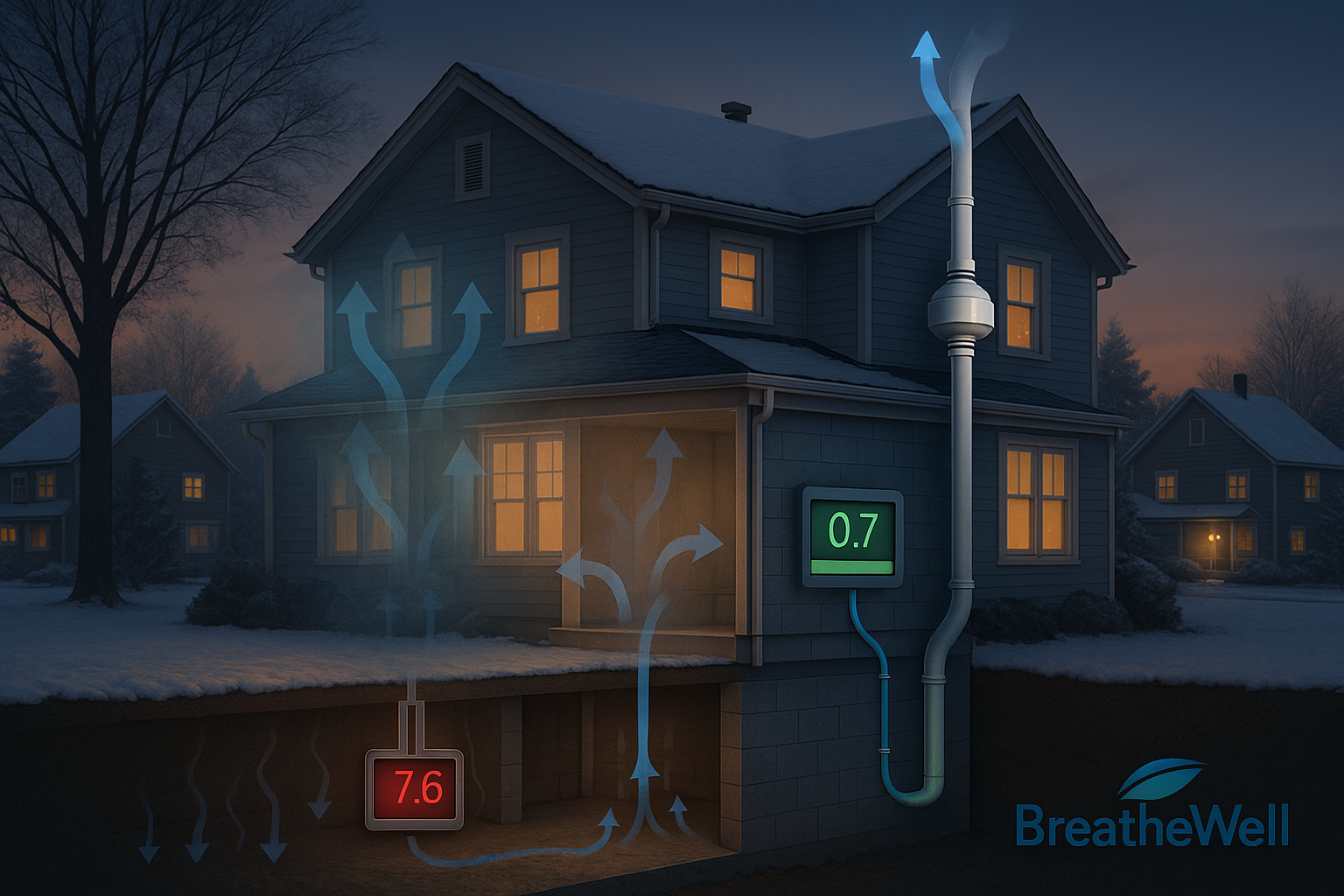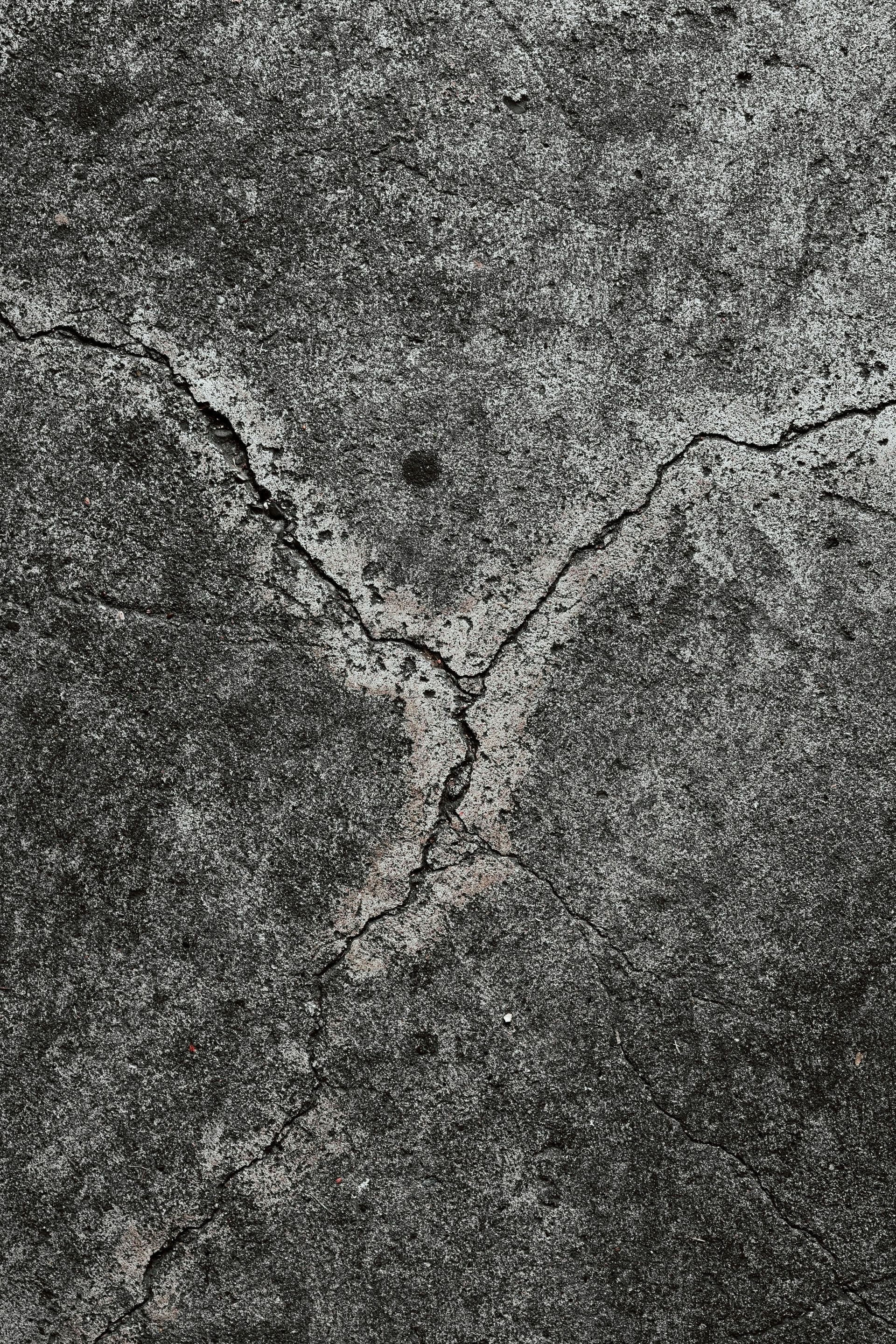How Long Does Radon Mitigation Last? Understanding the Lifespan of Radon Systems

Installing a radon mitigation system is one of the best investments you can make in your home’s safety and value. But once the system is in place, many homeowners start to wonder: how long does it actually last?
The good news is that a properly installed, well-maintained radon mitigation system can protect your home for decades. However, like any mechanical or building system, it does require occasional inspection, maintenance, and sometimes component replacement.
At
BreatheWell Radon Solutions, we’ve worked with thousands of Wisconsin homeowners to ensure long-term protection from radon gas. Here’s what you should know about the
lifespan of radon mitigation systems, the parts that matter most, and how to keep your system working effectively year after year.
How Long a Radon Mitigation System Typically Lasts
A high-quality, professionally installed radon mitigation system can last 15 to 25 years or longer with proper care. Most of the system is made up of durable PVC piping and sealed fittings that rarely need replacement. The primary component that wears out over time is the radon fan—the heart of the system responsible for venting radon safely outdoors.
Radon Fan Lifespan
Most radon fans last 7 to 10 years, though some can operate effectively for 15 years or more depending on usage, installation quality, and exposure to weather. Fans installed outdoors or in unheated spaces tend to wear out faster due to temperature swings and humidity.
When a fan fails, the system stops actively pulling radon gas from beneath the home, which can cause radon levels to rise again. That’s why ongoing monitoring is critical.
Key Factors That Affect System Longevity
Several elements influence how long your radon mitigation system will perform at its best.
1. Installation Quality
Proper installation is the most important factor. Systems designed and installed by certified professionals follow strict standards for pipe routing, sealing, and airflow. Poorly installed systems may suffer from moisture buildup, clogs, or airflow issues that shorten component life and reduce efficiency.
2. Fan Quality and Placement
Fans vary in quality depending on manufacturer and materials. Commercial-grade, sealed, energy-efficient fans generally last longer and run quieter. Proper fan placement—ideally outside conditioned living space and away from direct weather exposure—also improves longevity.
3. Moisture and Condensation
Wisconsin homes, especially those with basements or sump systems, are prone to moisture fluctuations. Excess condensation in the radon piping can strain the fan motor and shorten its lifespan. Professional installers use specialized drainage fittings and condensation traps to prevent this issue.
4. System Maintenance and Testing
Routine maintenance ensures the system continues performing effectively. Annual or semiannual testing verifies that radon levels remain below EPA guidelines (4.0 pCi/L or lower). A simple manometer or pressure gauge on your system also helps detect airflow problems early.
How to Extend the Life of Your Radon Mitigation System
Schedule Annual Testing
Even if your mitigation system appears to be running normally, it’s important to test for radon at least once a year. Seasonal shifts can affect soil pressure and airflow, and testing confirms that your system continues to keep radon levels low.
Replace the Fan When Needed
If the fan stops running or you notice a sudden rise in radon readings, replacement is a quick and relatively inexpensive fix. New, high-efficiency fan models are quieter, longer-lasting, and more energy-efficient than older designs.
Keep Vents Clear
Make sure the exterior vent remains unobstructed by leaves, snow, or debris. A blocked exhaust can cause backpressure that shortens fan life and reduces system performance.
Schedule Professional Inspections
Certified radon professionals can inspect seals, check airflow, and verify electrical safety. Periodic maintenance ensures your system continues to meet current building standards and performs as intended.
How Long Your Investment Really Protects You
When installed correctly and maintained with care, a radon mitigation system can provide safe indoor air for 20 years or more. While the fan may need replacement every decade or so, the system’s core piping and design will continue functioning long-term with minimal upkeep.
For homeowners in and around
Madison, regular system testing and fan replacement are small, worthwhile steps to ensure continuous protection for your family.
Keep Your Radon System Performing at Its Best
If your radon system is more than a few years old—or if you’ve never had it inspected—now’s the perfect time to schedule a checkup. BreatheWell Radon Solutions provides expert testing, fan replacement, and long-term maintenance to keep your system performing reliably for years to come.
Protect your home’s air quality and peace of mind with trusted radon mitigation experts serving Madison, WI, and surrounding communities.
Ready to work with BreatheWell Radon Solutions?
If testing has shown your Madison home has elevated radon levels, the next step is clear: mitigation.
Every day you wait is another day of unnecessary exposure.
Call:
(608) 820-8394
Email:
breathewellmadison@gmail.com



